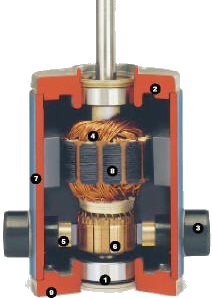Electricity
0 Containers
Calculation of electric power, voltage, current, charge, resistance, Ohm's law and power law power formulae formulae...
Files in Electricity
Order by

Motor_Temperature_Calc.xls
Short Description:
Excel spreadsheet to determine the temperature affect on DC & Brushless DC motors. Based on whitepaper by Edward Hage. http://www.specamo...
Submitted By:
Last Modified
03 Oct 2008
Downloads:
126

Solar panel costing.xls
Short Description:
I have also been investigating purchasing a solar p.v. panels to free my house from the national grid. Using my electri...
Submitted By:
Last Modified
14 Aug 2008
Downloads:
392








